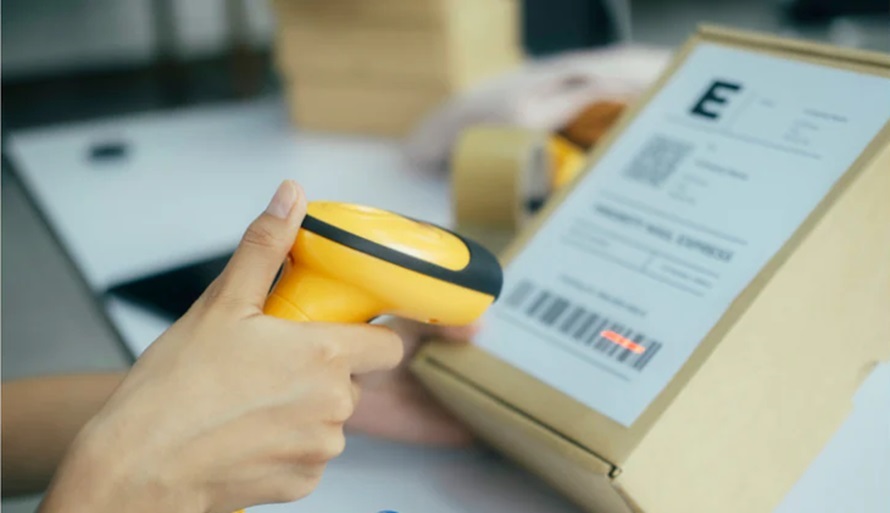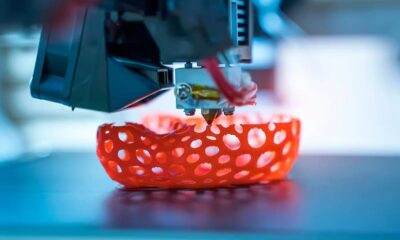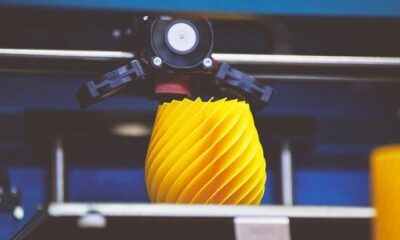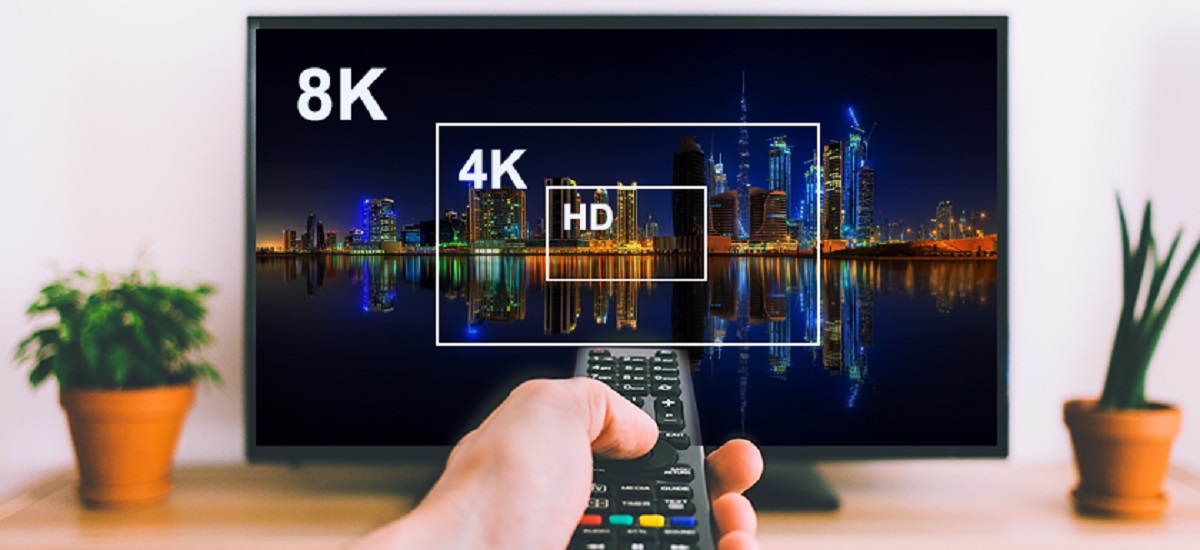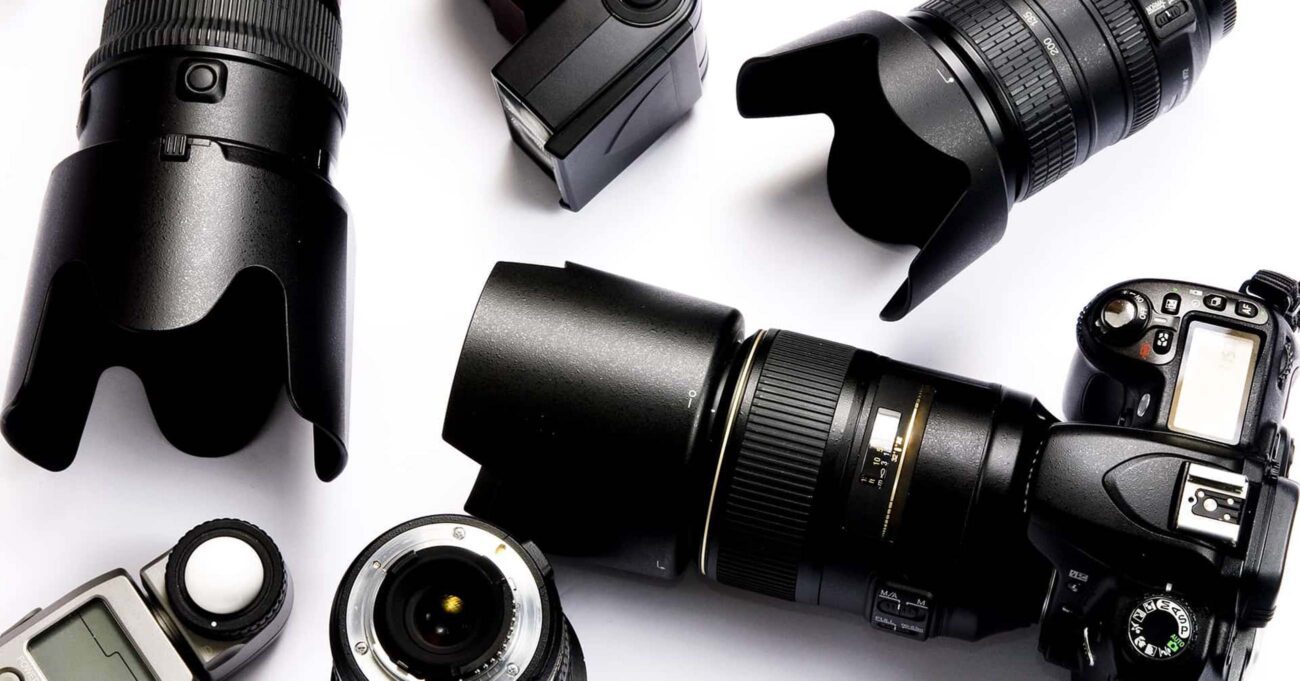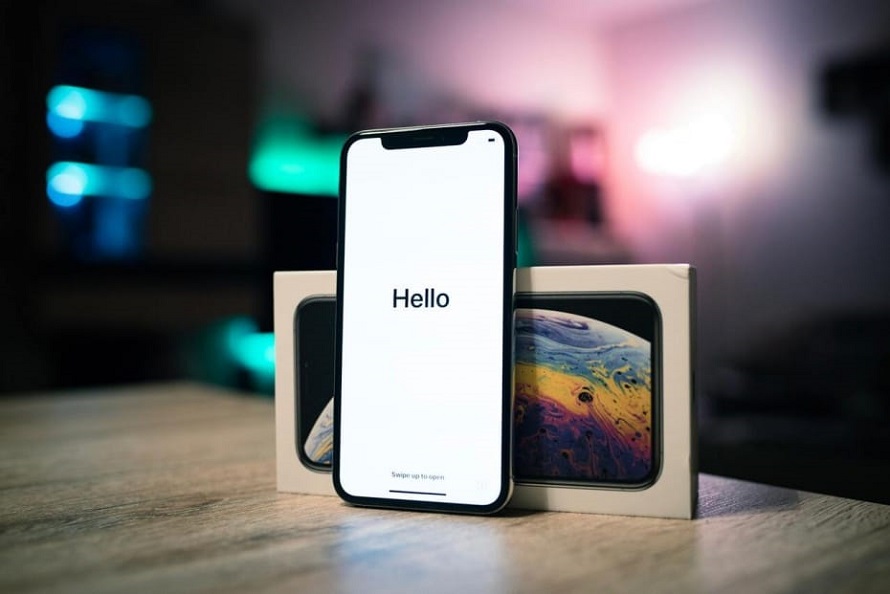If you’re thinking of opening up your own business, or if you already have one, no matter what it’s about, at some point you are going to need a barcode reader. As technology developed, these handy devices have become essential in retail, manufacturing, healthcare, and even libraries. From managing inventory to time-saving checkout processes, they have revolutionised the way businesses operate.
What is a Barcode Reader?
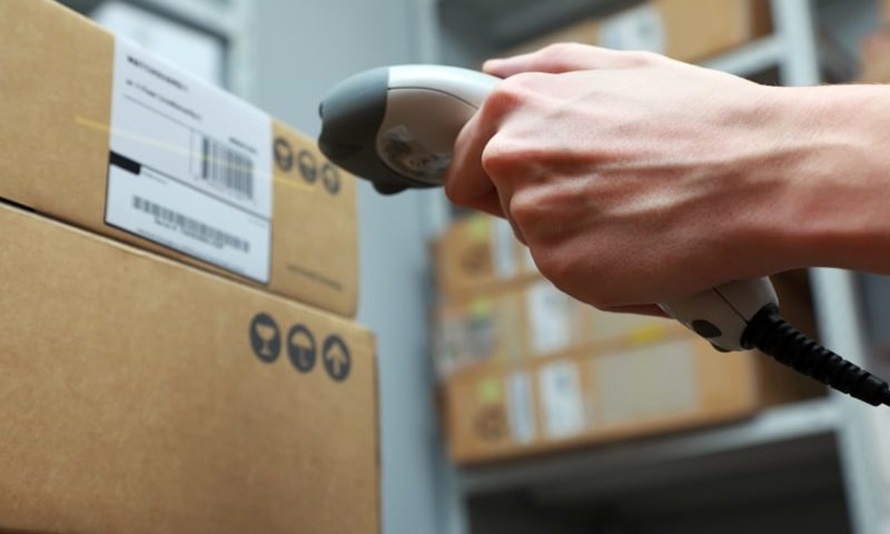
source: edsrobotics.com
It’s a device that captures and interprets the information stored in barcodes. Barcodes are those familiar black and white lines or sometimes squares you see on almost every product packaging. They carry information such as product details, prices, or even manufacturing dates. The barcode scanner scans the barcode and converts it into digital data, which is then sent to a computer or a point-os-safe (POS) system for processing.
The process of reading this barcode is quite straightforward. The scanner emits a beam of light that bounces off the barcode. The white spaces reflect more light compared to the black lines, creating a pattern that the scanner reads and deciphers. This information is then translated into readable data. This whole process happens in the blink of an eye, making indispensable this practical barcode scanner Australia and worldwide.
Types of Barcode Readers
When it comes to barcode scanners, there is no one-size-fits-all solution. Different types of readers are designed for various purposes and applications, so let’s explore some of the common types and see where they are used and what their purpose is.
Handheld Barcode Reader
This is probably one of the most popular and recognisable types. These devices are easy to use and quite sensitive and intuitive which makes them easy to use. For some of them, there’s no need to pre-align your scanner with the barcode, you simply point, scan and you’re good to go. This makes the process much faster and more efficient. They are also highly versatile and can be used in a wide range of environments, from retail stores to warehouses. Handheld barcode readers are often connected to a computer or POS system via a cable, making them reliable and easy to use.
Bluetooth Barcode Readers
As the name suggests, these readers use Bluetooth technology to connect wirelessly to a computer or mobile device. The wireless capability makes them very convenient and flexible, especially in environments where mobility is needed. For example, in a large warehouse, this barcode reader allows the employees to scan items without being tethered to a specific place. They can move around freely, scan and boost productivity. What’s great about these readers is that they are compatible with smartphones and tablets, making them an ideal choice.
Cordless Barcode Readers
These barcode readers are similar to the Bluetooth ones, but they can also connect using other wireless technologies like Wi-Fi or radio frequency. These readers are designed to be portable and are perfect for environments where long-range scanning is necessary. Some of them also feature wireless charging. This is done by recharging the battery through an inductive charging system which enhances the reliability of the entire solution.
QR Code Readers
QR codes, or Quick Response codes, have become increasingly popular due to their ability to store more information compared to traditional barcodes, so these readers are specifically designed to scan these two-dimensional codes which often contain links to websites, promotional offers or even product information. These codes have become quite popular and many modern phones are equipped with built-in QR code readers in their cameras making it easy for customers to interact with them in everyday life.
Benefits of Using Them
Implementing barcode readers in your business operations offers a multitude of benefits. One such benefit is improved efficiency. Adding these readers to your business eliminates the need for manual importing, reducing the likelihood of errors. This means fewer mistakes in inventory counts, pricing and product tracking, which ultimately leads to more accurate and reliable data.
Another benefit is time savings. Scanning a barcode takes mere seconds while manually typing out product codes or descriptions can be time-consuming. In environments where it tends to get crowded, like retail stores or supermarkets, these time savings can add up quickly, allowing employees to focus on more critical tasks.
Additionally, they also improve customer satisfaction. Faster checkout processes and accurate pricing mean customers spend less time in line and are less likely to encounter pricing discrepancies. In the long run, this leads to a better shipping experience and builds customer loyalty.
How To Choose The Right One?
Choosing the right barcode scanner Australia wide can be a bit overwhelming, especially with so many options available. Think about the environment in which the barcode reader will be used. If you need a device for a retail setting, a simple handheld scanner is okay, while for a large warehouse or an outdoor setting, a cordless or Bluetooth reader might be appropriate for the range and mobility.
Barcode readers have become an indispensable tool in today’s business landscape. From improving efficiency and accuracy to ensuring customer satisfaction, the benefits they offer are undeniable. So take the time to explore your options, consider your specific needs, budget limits, and find the barcode reader that best fits your business.
